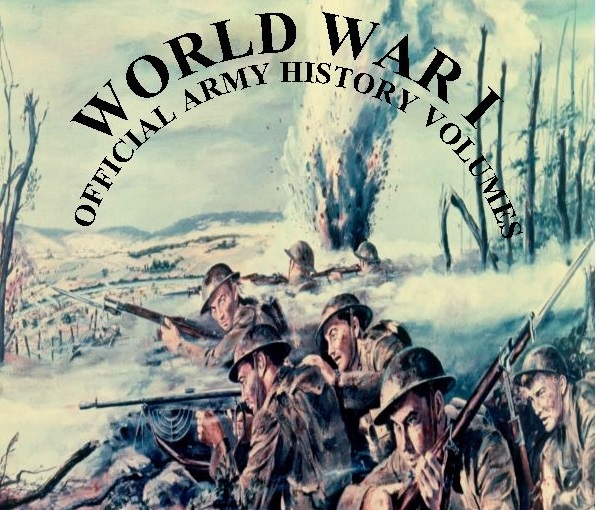
Description
American Expeditionary Forces in World War I: A Timeline and Key Figures
Timeline of Main Events (Based on Source)
- November 20, 1917 – December 4, 1917: Small contribution of American units to the Battle of Cambrai, serving with the British army for realistic instruction.
- 1917-1918: Thousands of documents relating to the events of these years were processed by the Historical Section of the Army War College after the war.
- Various periods during the war: American divisions arriving in France typically served initially with either the French or British armies to receive realistic instruction.
- Specific Memorable Engagements (Dates not explicitly provided but occurred within the timeframe of US involvement):Cantigny: A significant engagement fought by American divisions.
- Chateau-Thierry: A significant engagement fought by American divisions.
- Belleau Wood: A significant engagement fought by American divisions.
- Vaux: A significant engagement fought by American divisions.
- Soissons: A significant engagement fought by American divisions.
- Aisne-Marne Offensive: A significant offensive involving American divisions.
- August 8, 1918 – November 11, 1918: American units served with French or British armies during this offensive.
- September 12, 1918 – September 16, 1918: The American First Army conducted its first independent significant operation: the reduction of the St. Mihiel Salient.
- September 26, 1918 – November 11, 1918: The American First Army conducted a sustained attack in the Meuse-Argonne sector, its second independent significant operation.
- November 11, 1918: The Armistice Agreement took effect, ending the fighting.
- Post-Armistice: The American Occupation of Germany transpired.
- 1917-1919: The American Expeditionary Forces (AEF) served in Europe during World War I.
- 1931: General Pershing’s autobiography, “My Experiences in the World War”, was published. Volume 1 of “Learning Lessons in the American Expeditionary Forces” and “Order of Battle of the United States Land Forces in the World War” were likely first published around this time as well.
- 1938: “American Armies and Battlefields in Europe” was first published.
- 1939: The War Department directed the Historical Section to identify appropriate materials for publication regarding the US military’s participation in World War I.
- 1948: The United States Army published the monumental eighteen-volume collection of records entitled “United States Army in the World War, 1917-1919”, compiling documents from the American Expeditionary Forces (AEF). The five-volume “Order of Battle of the United States Land Forces in the World War” was also published around this time.
- 1997: Kenneth E. Hamburger’s extended essay, “Learning Lessons in the American Expeditionary Forces”, was published by The United States’s Army Center of Military History.
Cast of Characters (Principle People Mentioned)
- John W. Mountcastle: Brigadier General, United States Army Chief of Military History. Quoted praising the “World War I Official History” volumes as essential for authoritative publications on the American Expeditionary Forces.
- Kenneth E. Hamburger: Author of the extended essay “Learning Lessons in the American Expeditionary Forces”, published in 1997, providing an analytical overview of World War I.
- General Pershing: Commander-in-Chief of the American Expeditionary Forces (AEF). His autobiography, “My Experiences in the World War”, is mentioned as aligning closely with the summary of the AEF’s history in Volume 1 of “United States Army in the World War, 1917-1919”. His final reports and those of his staff are included in Volumes 12-15 of the official history.
- Maj. Gen. James G. Harbord: The most influential commander of the Services of Supply (SOS) of the AEF. His reports would be included in Volumes 12-15.
World War I Official History Volumes – 25 VOLUMES
13,500 pages of text covering World War I history in 25 Volumes.
“Every authoritative publication that treats the American Expeditionary Forces must rely heavily on this massive collection, which includes what its compilers believed to be the most illustrative documents in the huge mass of paper that survived the war,” – John W. Mountcastle, Brigadier General, United States Army Chief of Military History.
Works include “Leaning Lessons in the American Expeditionary Forces,” the 18 volume “United States Army in the World War, 1917-1919, the 5 volume “Order of Battle of the United Sates Land Forces in the World War,” and “American Armies and Battlefields in Europe.”
“LEARNING LESSONS IN THE AMERICAN EXPEDITIONARY FORCES”
An extended essay by Kenneth E. Hamburger, published by The United States’s Army Center of Military History in 1997, provides an analytical overview of World War I.
“UNITED STATES ARMY IN THE WORLD WAR, 1917-1919”
The Army preserved much of the history of the American Expeditionary Forces in an eighteen-volume collection of records entitled “United States Army in the World War, 1917-1919. Produced in 1948, this monumental work quickly became an essential source of documentary information on all aspects of the U.S. Army’s challenges and experiences in the war.
After the war the Historical Section of the Army War College processed thousands of documents relating to the events of 1917-18. The War Department in 1939 directed the Historical Section to identify appropriate materials for publication; these documents were to provide the information needed to prepare a complete and accurate accounts of the participation of the military forces of the United States in the World War. In 1948 the United States Army published the compilation of documents taken from the records of the American Expeditionary Forces (AEF) that served in Europe during World War I. The work offers a widely representative selection of the records believed to be essential to a study of the history of that war. All aspects of the AEF history are covered in the eighteen volumes.
Volume 1 treats the Organization of the American Expeditionary Forces. It begins with a cogent summary of the AEFs history, one that accords closely with the version presented by General Pershing himself in his autobiography, “My Experiences in the World War,” which appeared in 1931.
Volume 2 covers the Policy-forming documents of the American Expeditionary Forces, the guidance given the AEF in all of its diverse activity.
Volume 3 offers information about the training and use of American units with the British and French. American divisions arriving in France typically served initially with either the French or British armies in order to receive realistic instruction.
Volumes 4-9 chronicle the Military Operations of the American Expeditionary Forces. The first four volumes in this subset present information concerning operations conducted by American units that served with French or British armies, beginning with a small contribution to the battle of Cambrai (20 November-4 December 1917) and continuing through the offensive (8 August-11 November 1918). Memorable engagements fought by American divisions, such as Cantigny, Chateau-Thierry, Belleau Wood, Vaux, Soissons, and the Aisne-Marne offensive, are documented in depth. The remaining two volumes of the subset offer the records of the American First Army, which campaigned independently in two significant operations, the reduction of the St. Mihiel Salient (12-16 September 1918) and a sustained attack in the Meuse-Argonne sector (26 September – 11 November 1918).
Volume 10 treats The Armistice Agreement and related documents, which took effect on 11 November 1918.
Volume 11 examines the American Occupation of Germany, which transpired after the armistice.
Volumes 12-15, Reports of the Commander-in-Chief, AEF, Staff Sections and Services, present the final reports of General Pershing and his staff, including those of the Services of Supply (SOS) whose most influential commander was Maj. Gen. James G. Harbord.
Volume 16 comprises the General Orders, GHQ, AEF
Volume 17 consists of the Bulletins, GHQ, AEF.
“ORDER OF BATTLE OF THE UNITED STATES LAND FORCES IN THE WORLD WAR”
This publication is an official War Department document prepared by the Historical Section, Army War College, for the purpose of making available an accurate digest of the principal facts concerning the participation of the larger organizations of the land forces of the United States Army in the World War. It presents command rosters of such organizations, tables depicting their daily order of battle, their composition at important periods, and under Record of Events a chronology of the principal events regarding the organization and its operations. The work is based upon original sources, most of which are official documents of the War Department. They include war diaries, operation reports, journals of operations, reports on battle participation; historical reports of brigades, divisions, corps, and armies; field orders, operation orders, returns, rosters, cablegrams, telegrams, and numerous other papers, the majority of which had their genesis in the organizations described. Most of these documents are on file in the World War Division of The Adjutant General’s Office or in the Historical Section, Army War College.
Both “Leaning Lessons in the American Expeditionary Forces,” and “Order of Battle of the United Sates Land Forces in the World War,” were first published by the Army from 1931 to 1949. Neither of these two very large works included an index. It was simply not feasible to compile a traditional index given the sheer volume of factual detail. In their digitized form on this CD-ROM, however, both works can be searched by the user.
“AMERICAN ARMIES AND BATTLEFIELDS IN EUROPE”
An extended guide to the battlefields of World War I, first published in 1938. It is a classic, authoritative, and still usable guide to the battlefields where the American Expeditionary Forces fought.
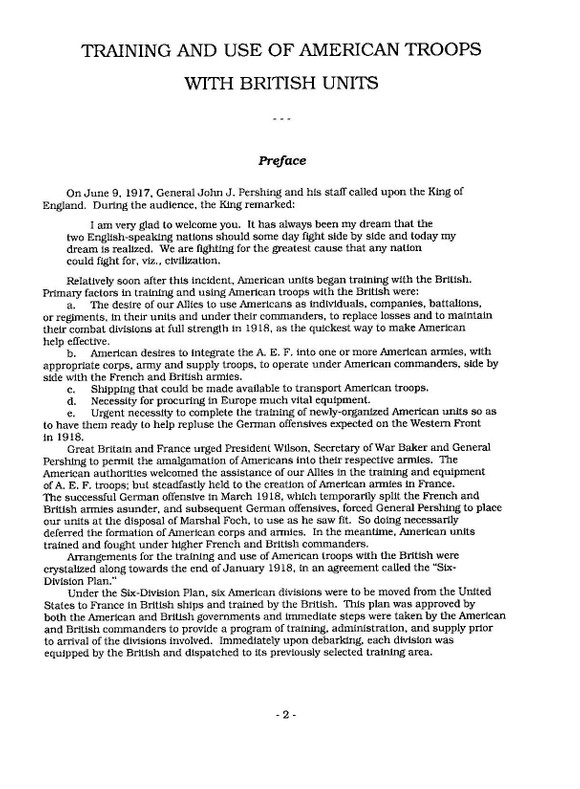
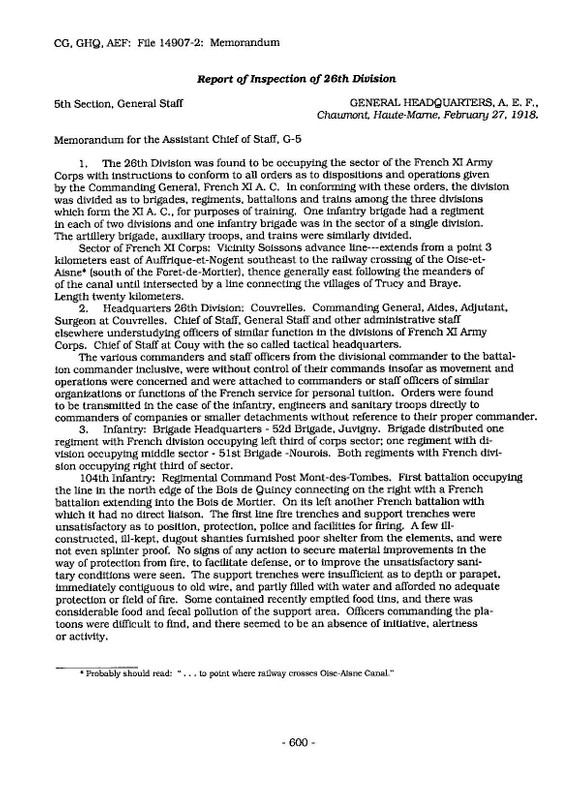
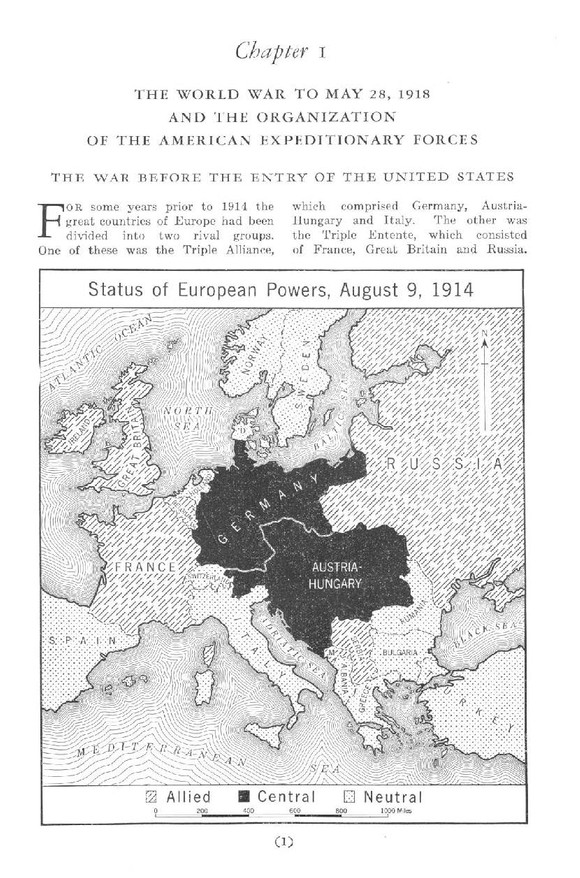
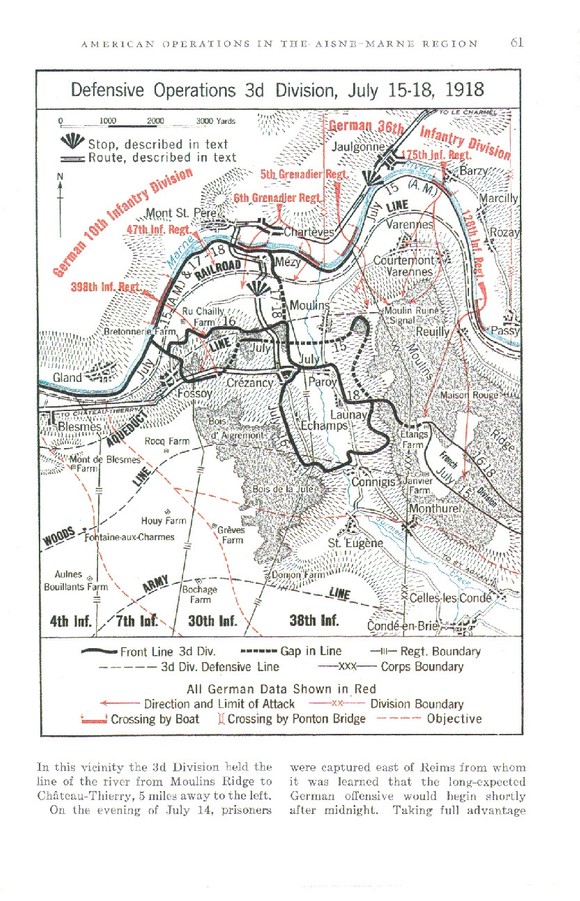
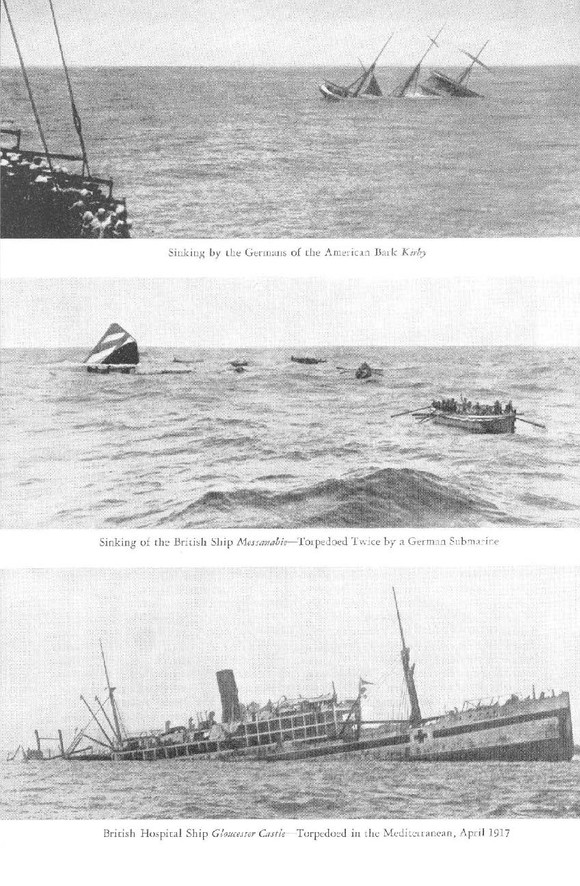
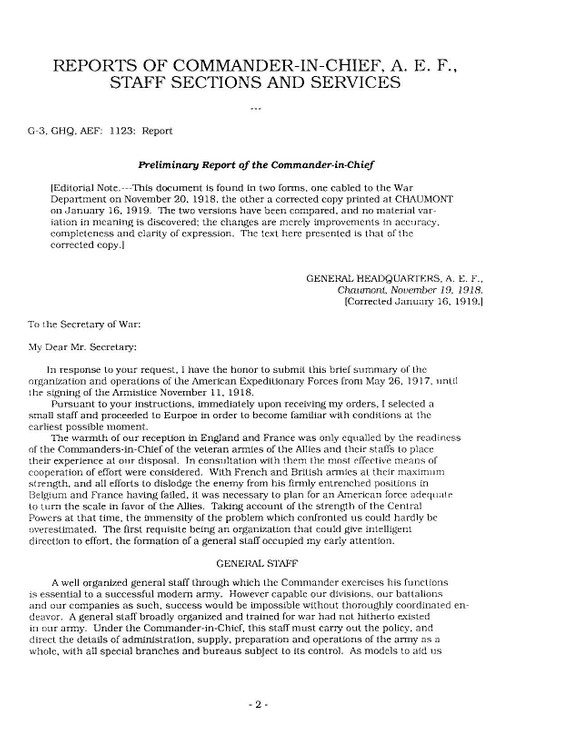

Related products
-
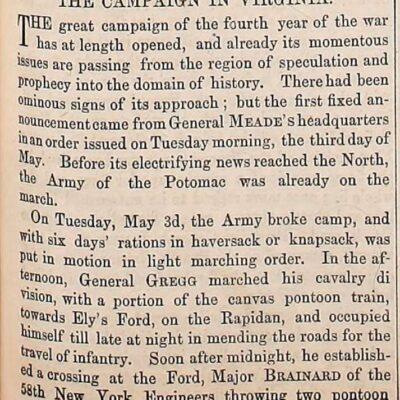
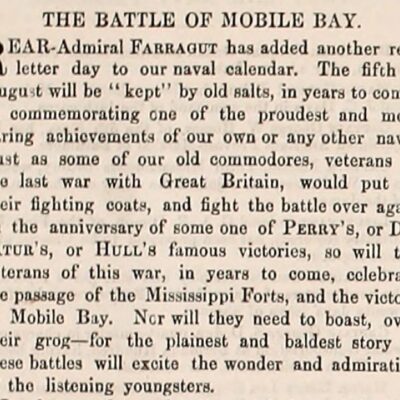
Civil War: Army Navy Journal & Gazette Volume 1 (1863 – 1864)
$19.50 Add to Cart -
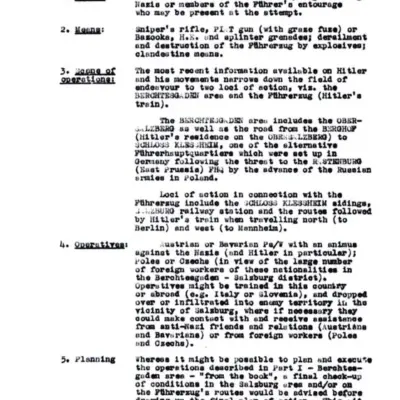
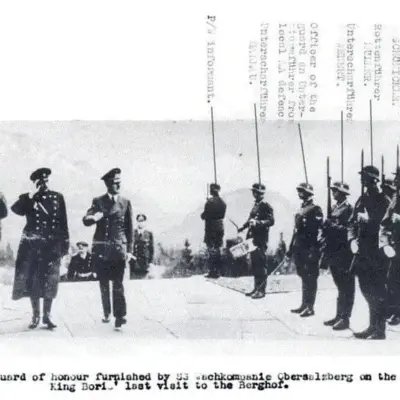
World War II: Adolf Hitler and Operation Foxley – British Assassination Plot
$19.50 Add to Cart -
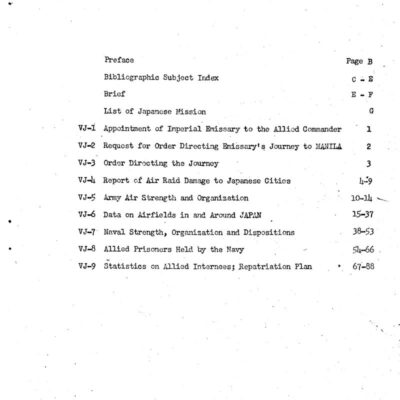
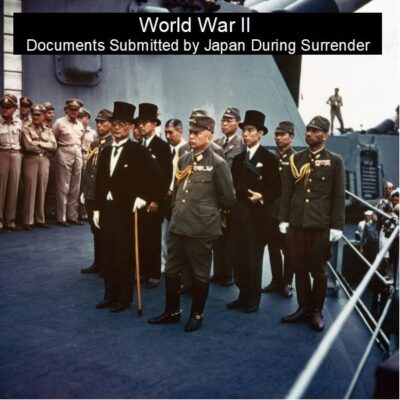
Japan’s Surrender Documents from World War II
$1.99 Add to Cart -
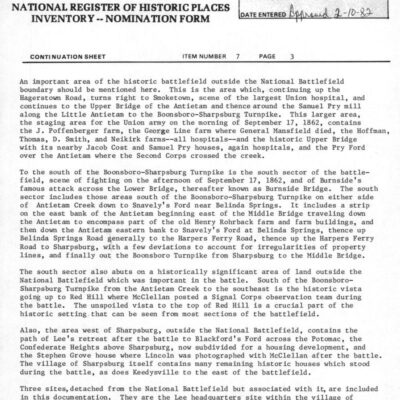
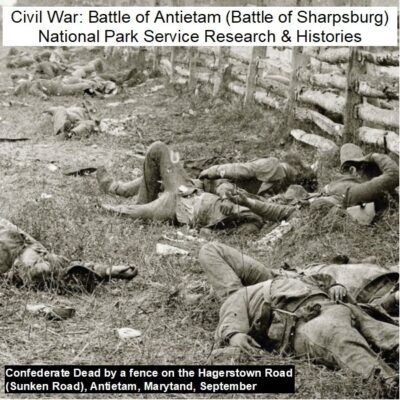
Civil War: Battle of Antietam (Sharpsburg) – National Park Service Archives
$9.99 Add to Cart